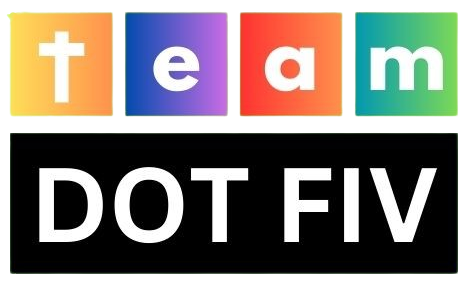When it comes to financing your dream home, one of the most critical decisions you’ll face is choosing between a fixed-rate mortgage (FRM) and an adjustable-rate mortgage (ARM). Both options have their pros and cons, and the right choice depends on your financial situation, risk tolerance, and long-term goals. In this blog post, we’ll explore the differences between fixed and adjustable-rate mortgages to help you make an informed decision.
Fixed-Rate Mortgages (FRM)
A fixed-rate mortgage offers stability and predictability, making it a popular choice for many homebuyers. With an FRM, the interest rate remains constant throughout the life of the loan, meaning your monthly mortgage payments will stay the same, making budgeting easier and providing peace of mind.
Advantages of Fixed-Rate Mortgages:
- Predictable Payments: One of the most significant advantages of an FRM is the predictability of monthly payments. Regardless of changes in the market interest rates, your mortgage payment remains the same, providing stability and making budgeting easier.
- Protection Against Rate Increases: With a fixed-rate mortgage, you’re protected against rising interest rates. Even if market rates increase, your mortgage rate remains locked in, saving you money over the long term.
- Long-Term Planning: Fixed-rate mortgages are ideal for borrowers who plan to stay in their homes for an extended period. Knowing that your mortgage payment will remain consistent allows for better long-term financial planning.
Adjustable-Rate Mortgages (ARM)
An adjustable-rate mortgage offers an initial interest rate that is typically lower than that of a fixed-rate mortgage. However, the interest rate can fluctuate over time, leading to changes in your monthly mortgage payments.
Advantages of Adjustable-Rate Mortgages:
- Lower Initial Rates: ARMs often feature lower initial interest rates compared to fixed-rate mortgages, which can result in lower monthly payments, making home ownership more affordable, especially in the early years of the loan.
- Potential for Lower Payments: If market interest rates decrease or remain stable, your monthly mortgage payments may decrease over time with an ARM, providing potential savings in the short term.
- Flexibility: ARMs offer flexibility in terms of loan terms and interest rate adjustments. Depending on the type of ARM you choose, adjustments may occur annually, bi-annually, or after a specified initial period.
Which One Is Right for You?
Choosing between a fixed-rate mortgage and an adjustable-rate mortgage depends on your individual financial situation, goals, and risk tolerance.
- Choose a Fixed-Rate Mortgage If:
- You prefer stability and predictability in your monthly payments.
- You plan to stay in your home for an extended period.
- You want protection against rising interest rates.
- Choose an Adjustable-Rate Mortgage If:
- You anticipate moving or refinancing within a few years.
- You’re comfortable with the potential for fluctuations in your monthly payments.
- You want to take advantage of lower initial interest rates.





 No products in the cart.
No products in the cart.